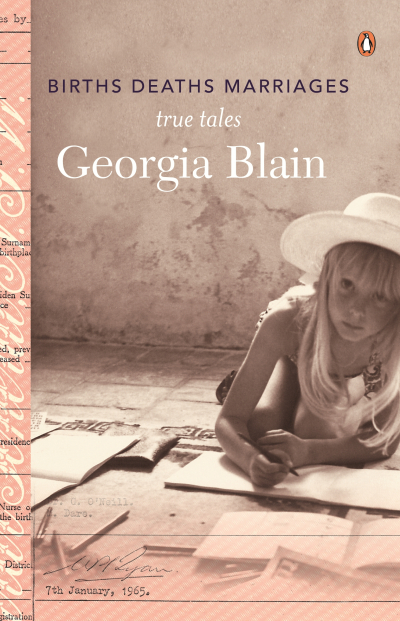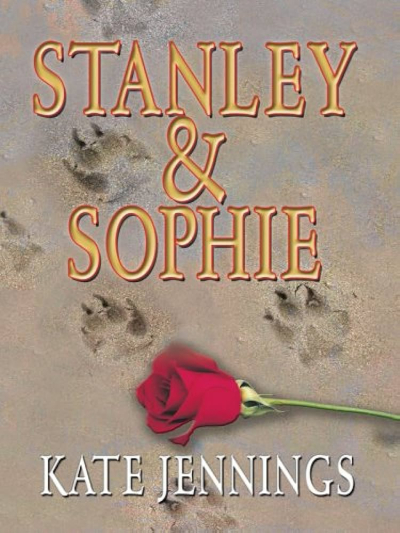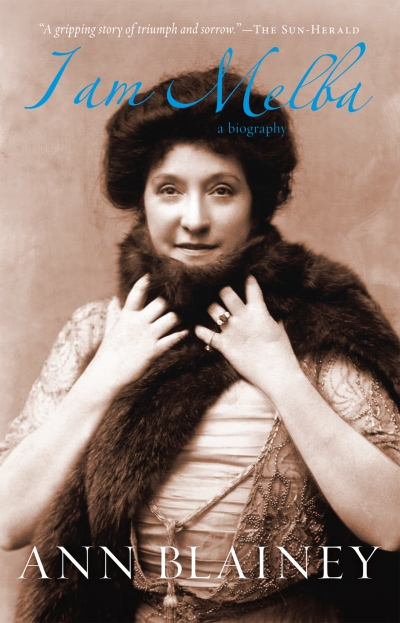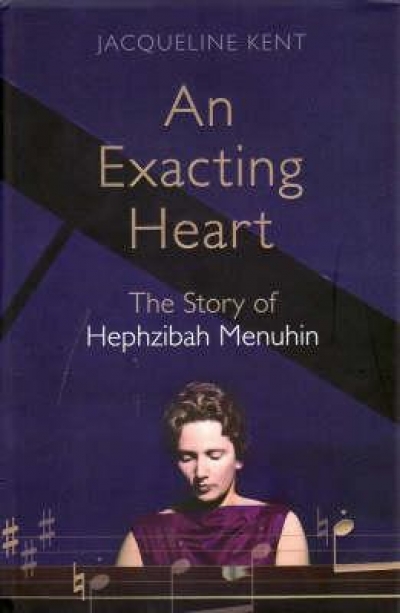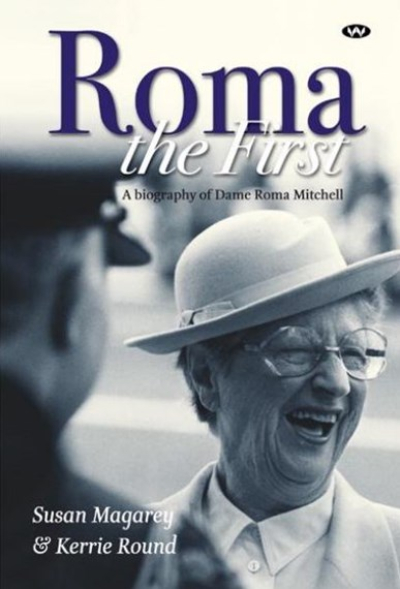Review
Seduced by Grace: Contemporary spirituality, gay experience and Christian faith by Michael Bernard Kelly
by John Rickard •
Births Deaths Marriages by Georgia Blain & The After Life by Kathleen Stewart
by Shirley Walker •
An Exacting Heart: The story of Hephzibah Menuhin by Jacqueline Kent
by Peter Rose •
Roma the First: A biography of Dame Roma Mitchell by Susan Magarey and Kerry Round
by Alison Broinowski •
The Devil and Maria d'Avalos by Victoria Hammond
by Christina Hill •


